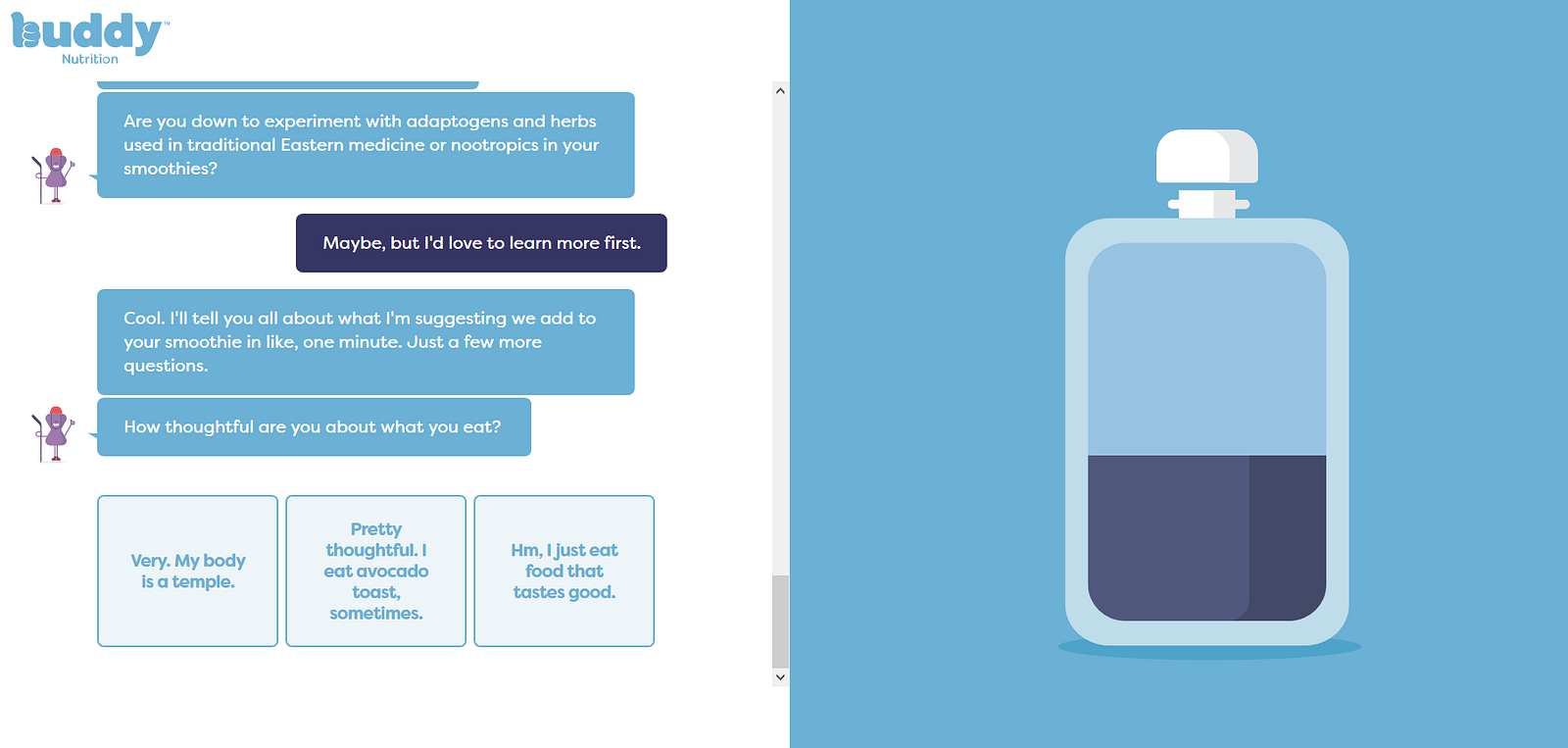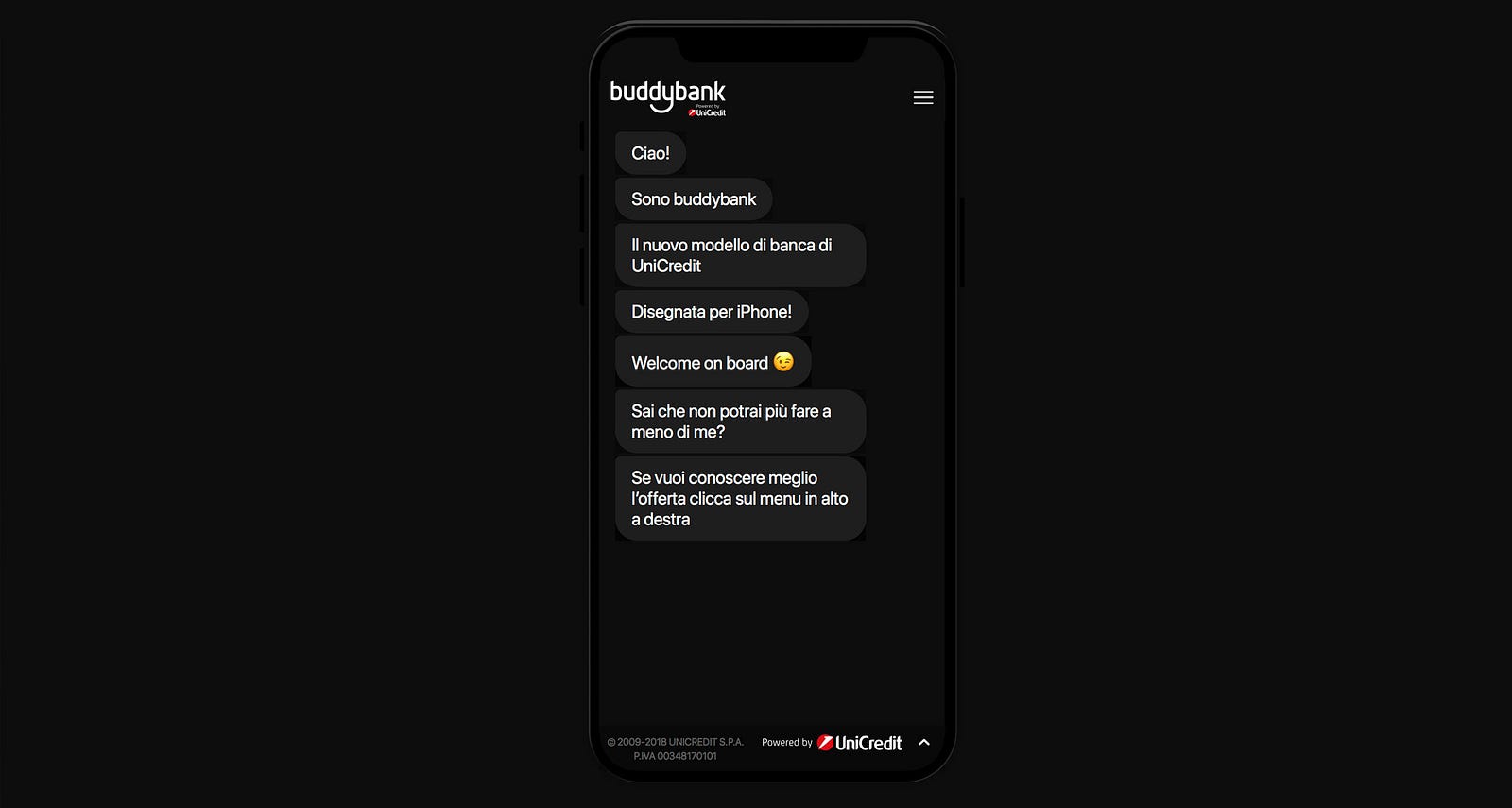How to boost online performances with Conversational Web Experiences
Today I’d like to share a story about a conversation between Antonio, an online user, and the Chief Digital Officer (CDO) of a company, whose website did not offer a satisfying user experience.
If you work in digital industry you’re on the right place, and you will hopefully get some useful ideas and suggestions.
THE VOICE OF THE CUSTOMER: LIMITS OF TODAY’S WEBSITE NAVIGATION
Antonio: I waste a lot of time on your website, trying to find the information I need.
CDO: Really? Yet I applied the Design Sprint to get the best customer experience, I dedicated a lot of effort for the UX design, I tested the UI…
Antonio
CDO: I’m sorry, I’ve used industry-specific language, but I assure you that I do my best to make my website easy to use, and there’s the menu that lets you find easily all the information and features you need!
Top Articles on How Businesses are using Bots:
Antonio: I guess, but did you notice that every website has a different structure? Information is placed in different areas, texts and concepts are always expressed differently. Every time I visit a website I have to adapt to its structure and its language.
Antonio: It would be so much easier to surf the Web that adapts to me and my needs in a natural and seamless way, but instead it’s me who has to adapt every time. Consider that, for example, my mother and I have different needs, we have different skills to manage digital technologies, we are impressed by different shapes, colors and phrases. Yet every website has a single type of interface, whether I surf it, or if my mother surfs it, without any kind of personalization.
CDO: Oh…


Antonio: And let’s be completely honest, surfing a website on your smartphone or filling out a form on the move is just so inconvenient.
CDO: But we have a beautiful app! The reviews on the stores are excellent.
Antonio: It’s true, I downloaded it long time ago but I never use it. By now I mainly use more flexible apps like WhatsApp, Facebook and Instagram.
CDO: You’re right, people nowadays use mostly messaging or social applications, business apps in comparison seem less appealing.
Antonio: Well yes, if you think that nowadays 1 billion people use WhatsApp every day, and 1.3 billion uses FB Messenger every month, and there is still a growing trend. I prefer to communicate by texting, with friends, relatives, but also with companies. It’s easier and faster.
CDO: Indeed! How could have I underestimated all these facts. The world evolves, and I should stay up to date with the way I communicate with my clients, especially online.
A POWERFUL SOLUTION
The solution to this problem exists and has a name: conversational web experience, which is achieved by creating a conversational website.


In a conversational website, navigation takes place through a conversation between the user and the website. Thanks to the use of chatbots natively integrated within the website and based on Artificial Intelligence, a website is able to converse with visitors, speaking a natural language. In addition, if the chatbot technology is paired with a user friendly conversational flow and a coherent design, the conversation becomes pleasant and engaging for the user.
This solution, not only answers to all user requests in real-time, but can also points the right direction intelligently towards the company’s main objectives, be it information, lead generation, sales or assistance.
In addition, the conversation could be a part of the navigation, which can be combined with images, videos and other visual contents, thus offering a complete and easily accessible experience for everyone.
Therefore, you get a unique and personalized browsing experience based on the specific needs of the single user: it is the user who guides the navigation through the messages he writes.
CONVERSATIONAL WEB — PRACTICAL USE CASES
The idea of conversational web design is not new, and even if the wave of commercial conversational interfaces has yet to come, we can already find some really good examples of conversational websites or landing pages.
I would like to share with you some examples that I found interesting.
LEAD GENERATION


In this case, a conversational web page is built with a chatbot able to explain the offer proposed by a Telco operator and to collect user data as a mean to generate high quality leads. To reach its objectives, the chatbot guides the user with a set of closed answers, but it is also able to understand fluent text thanks to the use of an AI-based Natural Language Processing engine. Since the landing page targets business consumers, the look&feel is simple and professional.
This landing page was designed and developed by DigitalGO [1], feel free to contact me if you would like to discover more about it.
PRODUCT CUSTOMIZATION


This is a conversational website where the chatbot asks some questions in order to collect user’s preferences and to propose the smoothie that best matches their need.
This website offers a complete conversational experience, even though the chatbot is not powered by any AI and it doesn’t offer the possibility to digit free text. At a first glance this may be considered a limitation, but in many cases the use of AI is not needed and a lot of use cases can be successfully managed with a simple, yet effective chatbot.
CONVERSATIONAL BANKING WEBSITE


This is another example of a full conversational website. In this case a lot of emphasis is given to the design of the webpage, with the aim to emulate the conversational banking experience provided by this banking group. The browsing experience is conversational, but in this example, we don’t have a chatbot interacting with the user: the chat is managed by a human operator!
Many more use cases can be built using the conversational web experience approach, I will talk about them in the next weeks. Do you think this solution would be useful in your context to address your specific use case?
If you think this article is useful, please ? or share it with your colleagues, they might get interesting ideas!
Marco Castrucci - Linkedin
References:
